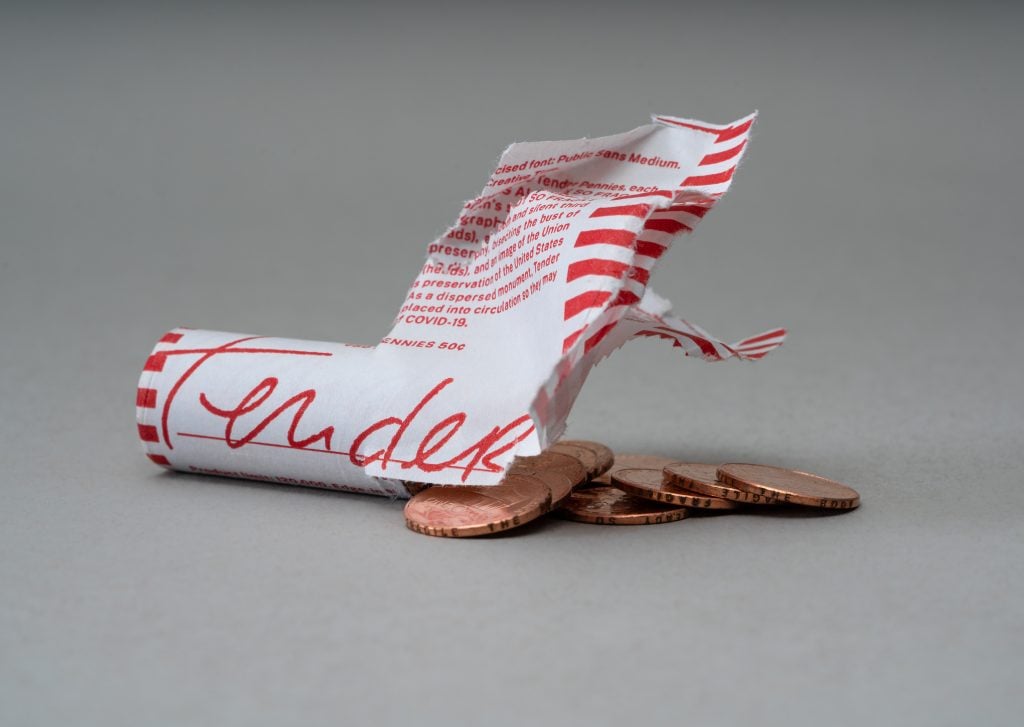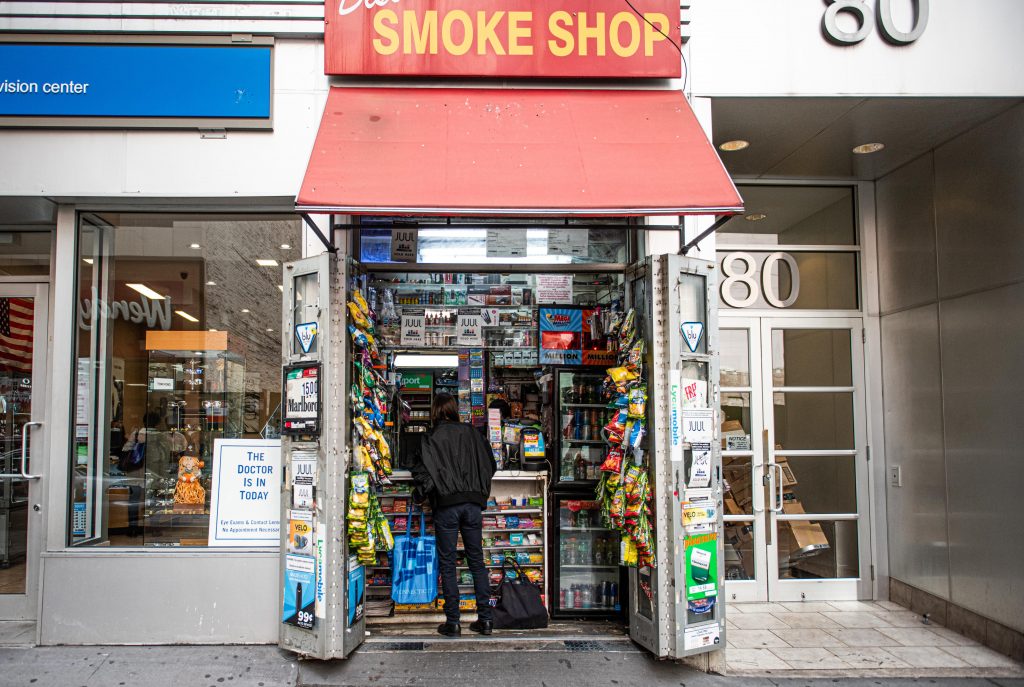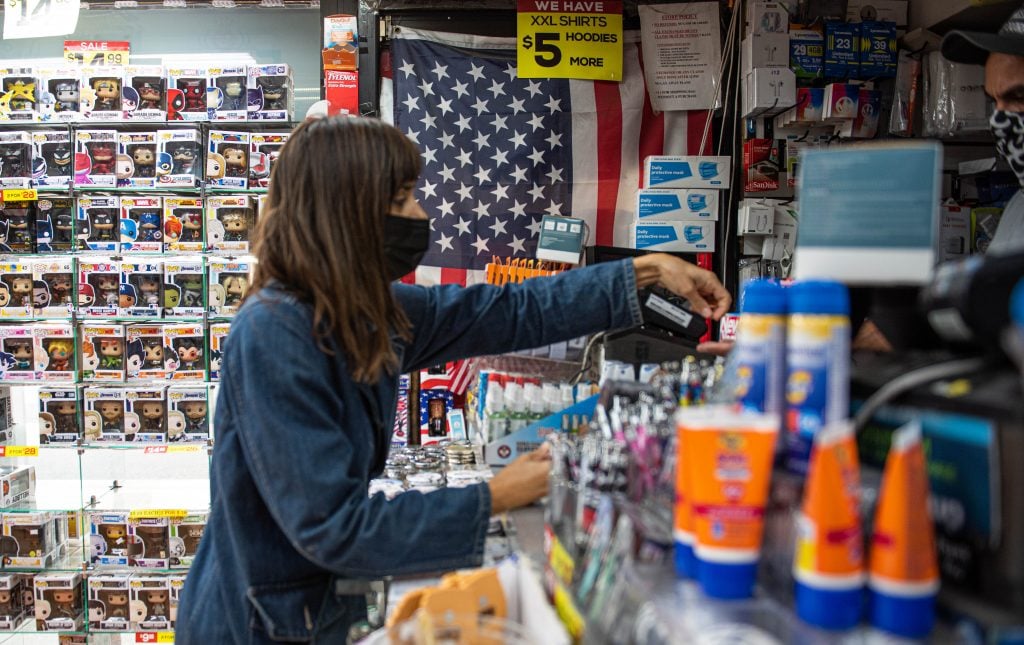Art World
Artist Jill Magid Etched a Phrase Onto 120,000 US Pennies That Reflects Society’s Greater Concern for Financial Bodies Than Human Ones
The artist delivered her rolls of pennies to New York City bodegas.

The artist delivered her rolls of pennies to New York City bodegas.

The penny is full of paradoxes. It costs the government nearly two cents to make just one, and even though there are more of them produced than all other coins combined, you always seem to end up a couple short.
Earlier this year, it was another penny-related contradiction that caught the attention of artist Jill Magid: As numbers in the billions are thrown around with talk of economic peaks and valleys, the penny feels worthless; at the same time, it’s never seemed so potent, so charged with a sense of transmission and tactility.
“What kept striking me during the pandemic was the casual and causal relationship between economics and health,” Magid tells Artnet News on the unveiling of a new project commissioned by Creative Time, which puts in parallel two networks—the American economy and the virus. “There was a constant [question] of ‘How’s the stock market doing?’ versus ‘How many people are getting sick or dying?’ that I felt we were hearing in the media a lot—the relationship between financial health and mortality rates.”
In the new work, titled Tender for its dual meanings, Magid laser-engraved the phrase “THE BODY WAS ALREADY SO FRAGILE” on the edge of 120,000 pennies—the only part of the zinc and copper disks that isn’t covered with state propaganda, she notes. The phrase was pulled from an article about the condition of the economy, but appears equivocal: Is it the physical body or the fiscal one?

Jill Magid disseminating Tender penny rolls. Photo: Leandro Justen. Courtesy of Creative Time.
“The way the virus has been talked about by the government is so much in this language of war,” says Magid. “You just weren’t hearing much about vulnerability and weakness and sensitivity. It was very important for me to make something that was large scale, but was intimate and physical, and the sensitivity of the body was a large part of the gesture.”
To get the mini artworks into circulation, Magid dropped them off, roll by roll, at bodegas around the city. The ubiquitous corner stores, she says, represent that paradigmatic New York experience, where spectrums of culture and class collapse in the name of coffee and cigarettes; everyone uses them, and money comes in as quickly as it goes out.
Magid calls the project a “dispersed monument.” It’s a loaded term—especially right now—and one that may seem ill-fitting given the work’s mercurial form; but it’s no mistake. “The language is already built into the material,” she says. “Pennies themselves are pieces of official public art and small national monuments and—little monuments that I’m intervening upon.”

Jill Magid disseminating Tender penny rolls. Photo: Leandro Justen. Courtesy of Creative Time.
To make the pennies, Magid asked an engraver in the Sheepshead Bay neighborhood of Brooklyn to make a special machine that would alter each of the pennies in the exact same way—the kind of detail that’s a hallmark of Magid’s heady, layered conceptualism.
The font she chose for her Tender pennies, for instance, was the first one the US government developed for public use (a decision that evokes another example of institutional structure meeting free-form exchange). Meanwhile, she delivered the pennies via an armored, cash-in-transit truck. And the number of pennies she dispersed? That corresponds to the $1,200 stimulus checks dolled out through the CARES act.
“I liked that it’s called the ‘CARES Act,’” Magid muses, “as if it’s supposed to be about these gestures of care. [The 120,000 pennies] was a way of framing this state help for a problem that probably required a lot more than that.”